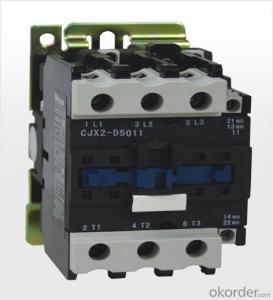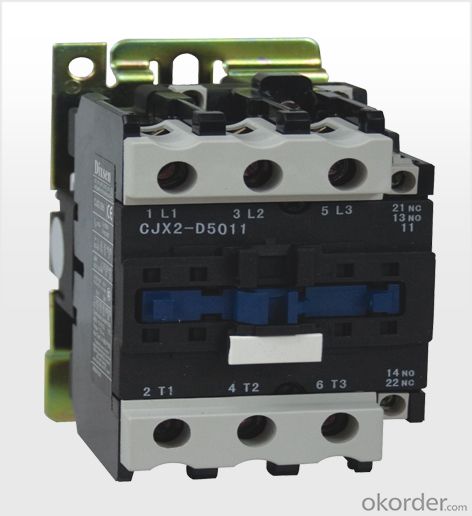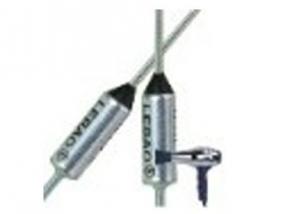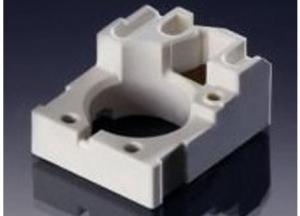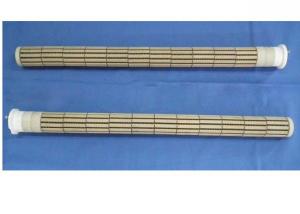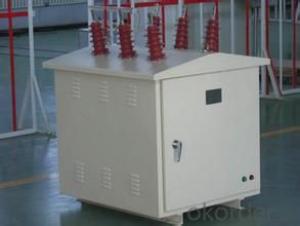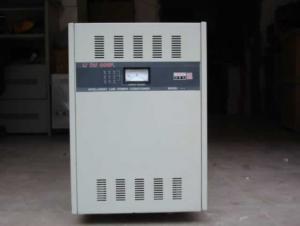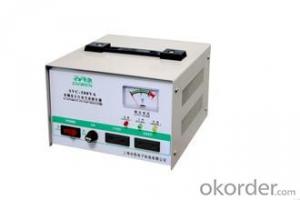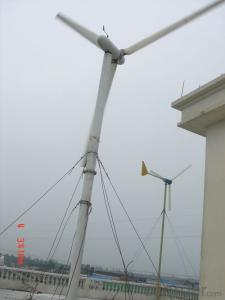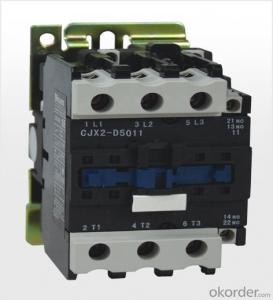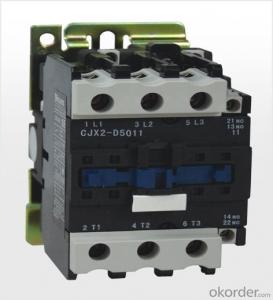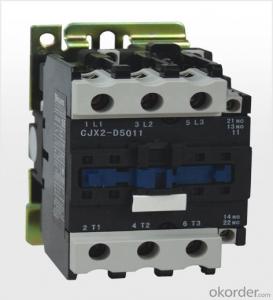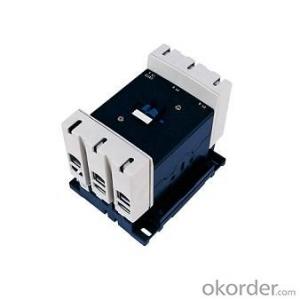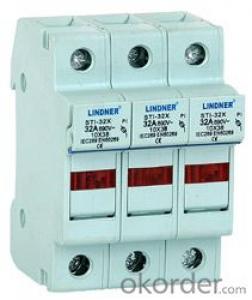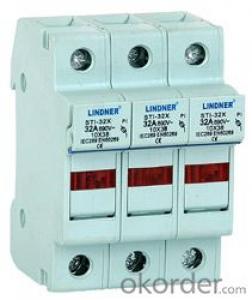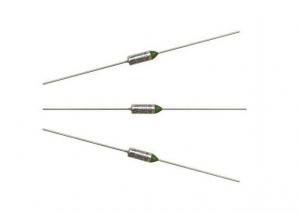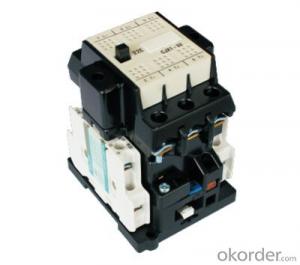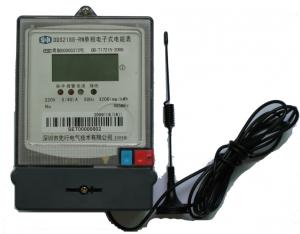DW15 Series Air Circuit Breakers
- Loading Port:
- China Main Port
- Payment Terms:
- TT OR LC
- Min Order Qty:
- -
- Supply Capability:
- -
OKorder Service Pledge
Quality Product, Order Online Tracking, Timely Delivery
OKorder Financial Service
Credit Rating, Credit Services, Credit Purchasing
You Might Also Like
| Scope of application |
| Construction features |
| Main technical parameters |
| Overall and installation dimensions |
- Q: both these components stopped working suddenly on my automatic 2001 toyota Rav4 today. I have had no prior problems until this morning, now both arent registering anything at all. Any ideas what the problem might be, and how much its going to set me back financially to fix it?
- get the speedometer working and the odometer will start working.
- Q: i just don't know where to find this information!! I can't find it in my notes or in my teachers notes!!!
- Components required: Polymerase Enzyme - This is the actual molecule that forms a secondary DNA strand by fusing complimentary nucleotides to a phosphate backbone Polymerase Enzyme Buffer - Keeps the mix stable Magnesium: Improves replication efficiencies dNTPs: The nucleotides A,T,C G - molecules required to form the secondary strand Primers - one complimentary to the upper DNA strand and another to the lower strand - these are short oligonucleotide molecules complimentary to the start end of the sequence you wish to replicate. It acts as an anchor from which replication starts. Water - to bulk up the reaction to the required volume.
- Q: I bought a pair of dm220 bowers and Wilkins speakers from this man on kijiji. I've had them for about 3 months now and I would say it's the best purchase I've ever made in audio gear. So I had a party at my house a few weeks ago, and I got a little careless, I raised the volume high enough I had blown the fuse of each speaker. Upon replacing them, the right speaker did not work right away.I get the right speaker to work temperaly by slightly tilting it and letting fall back to the floor. (it's a tall speaker) That bang seems to knock something inside, I hear a spark noise from the speaker, and it works perfectly, but not for ever. I have to do this every few days to keep it going.Last night, that wouldn't fix it. So i decided to turn the volume pretty loud, hear that spark noise, and it started working! Even after reducing the volume. I see this is a specific problem, but I would very much appreciate some advice on a proper fix for this speaker.
- You obviously have a loose connection--speaker drivers very rarely have an intermittent problem. I would check the fuse-holder. Either the spring at one end is not under enough pressure when the fuse is in, or perhaps you replaced the original fuse with one slightly shorter. Unfortunately it has been many years since I have seen a DM220, and I don't remember the type of fuse or fuse-holder that it has. I would swap fuses with the other speaker, and see if the problem moves: I HAVE seen defective, intermittent fuses!
- Q: I have a 400w/1000w dc to ac power inverter. Every time I power it on, the 40A fuse blows even with no load. I tried a direct connection to the battery and it still blows. If anyone has an idea how to fix this please tell me.400w continuous 1000w peakinput: 12vdcoutput: 110vac@60hz
- Either you wired the inverter incorrectly, or the inverter has an internal fault. In the second case, it isn't worth repairing. Replacing the inverter costs less than FINDING the fault.
- Q: i'am searching for switches or components that act like breakers but for low currents like 5A.
- I have (rarely) seen low-current circuit breakers in appliances and computer components. These are typically about half an inch in diameter, and mount in a round hole, with a protruding reset button. They can't usually be used as a switch, though. Just a resettable circuit breaker.
- Q: Four electrical components are connected to a 120v household circuit. The light bulb dissipates 100W, the electric heater 1800W, the stereo 350W, and the hair dryer 1200W. The fuse protecting the circuit is a 20A fuse. Will the fuse blow? Justify your decision with calculations and explanations.
- 28.75 A : it will blow. The solution is to turn off the heat when you use the hair dryer, or vice versa. The stereo and light bulb are not high enough to make a difference.
- Q: I needs to locate it in order to change the fuse to work the heated seats and i am having a hard time locating it. I have read the user manual by the way and its very unclear to where it actually is!
- okorder
- Q: I have no idea what this component is or where to get one. It's from a sleep comfort bed pump and I need a replacement part. Here's a picture of it and the pump label.
- It's a 1.6 amp class T fuse. The other markings may be the original manufacturers part number, but I can't read them in your picture. Judging by the charred remains of the fuse plastered all over the board, you had a short circuit straight across the mains supply. Unless you find what caused the short and fix it properly, replacing the fuse on its own is a complete waste of time.
- Q: I have the pyle dryver chopper series 15''inch subs claiming 4000 each speaker (yea right) not a very good brand but it was what i could afford well my fuzes in my amp blew each being 35 and since its so hard to find a fuze thats 35 i did 40 and 30 to equal 70 total well now my fuzes keep blowin and my speakers dont work i changed my wire from 6g to 0 g and replaced the fuze near the battery from 60A to 250A and checked my wires my grounds ok. im thinking my amps fried or blown or something do i just need a better amp? if so any suggestions? im new to sound systems
- 1 rule with fuses.you NEVER insert a fuse with a different fuse rating then what its supposed to handlethis can fry certain components in your car, like your amp. most likely frying your amp is the case, get a better amp that can actually handle the 4000w (or 2000w RMS) at the given impedence.
- Q: Hi, I'm installing a cutoff switch in my car. The fuse I want to use is 30amps. I'm unable to locate a 30 amp preferably a rocker style but a toggle switch will due.2 questions Am I correct in assuming I need a 30amp switch? Where can I find one.The boys amp; a few other stores including radio shack doesn't have them Thanks
- Agree, okorder
Send your message to us
DW15 Series Air Circuit Breakers
- Loading Port:
- China Main Port
- Payment Terms:
- TT OR LC
- Min Order Qty:
- -
- Supply Capability:
- -
OKorder Service Pledge
Quality Product, Order Online Tracking, Timely Delivery
OKorder Financial Service
Credit Rating, Credit Services, Credit Purchasing
Similar products
Hot products
Hot Searches
Related keywords
